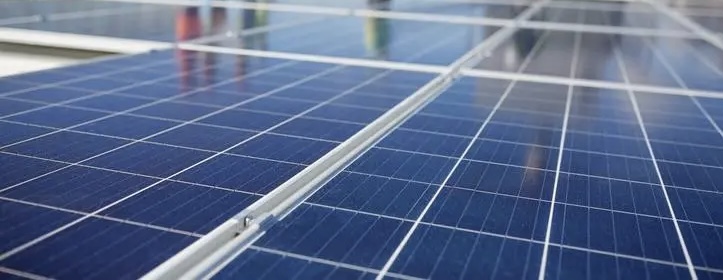KEY POINTS
- Renewable adoption in Africa is accelerating with hydropower dominance.
- Uganda and Ethiopia stand out in renewable adoption capacity.
- Sierra Leone and Malawi show the risks of hydro reliance.
Africa’s renewable energy sector is shaped by countries that rely heavily on hydropower and increasingly supplement it with solar and biomass. While some nations generate more than 90 percent of their electricity from renewables, gaps remain in access and grid reliability.
These ten countries illustrate how renewable adoption is progressing across the continent. Although the renewable energy map is uneven, yet the continent hosts some of the highest shares of clean electricity anywhere in the world. Here is what drives their numbers:
1. Central African Republic runs on hydro
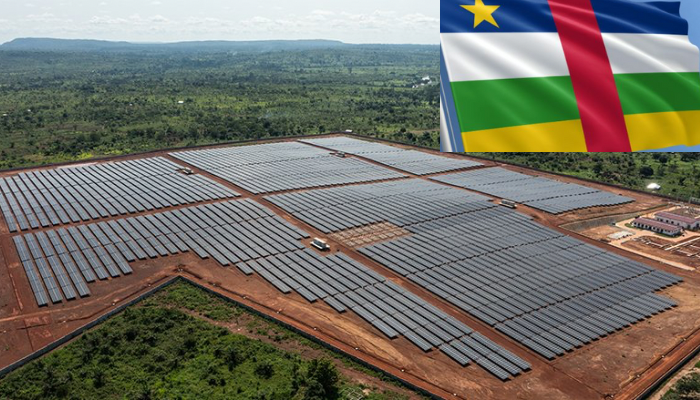
The Democratic Republic of Congo holds some of the richest hydro resources in the world, yet most of its citizens live without steady electricity. National electrification hovers below 20 percent, and charcoal remains the dominant energy source for cooking. What little grid power exists is shaped by the Congo River.
Inga I and Inga II dams supply nearly all domestic generation, making hydropower’s share about 99 percent of the total. Yet only about 16% of citizens had access to power in 2023, highlighting the country’s paradox: massive renewable potential, but limited access and unreliable infrastructure. Inga III has been planned for decades, but delays keep the project stalled. Off-grid solar is spreading in rural areas, but hydropower remains the system’s backbone.
2. Congo’s near total hydropower reliance
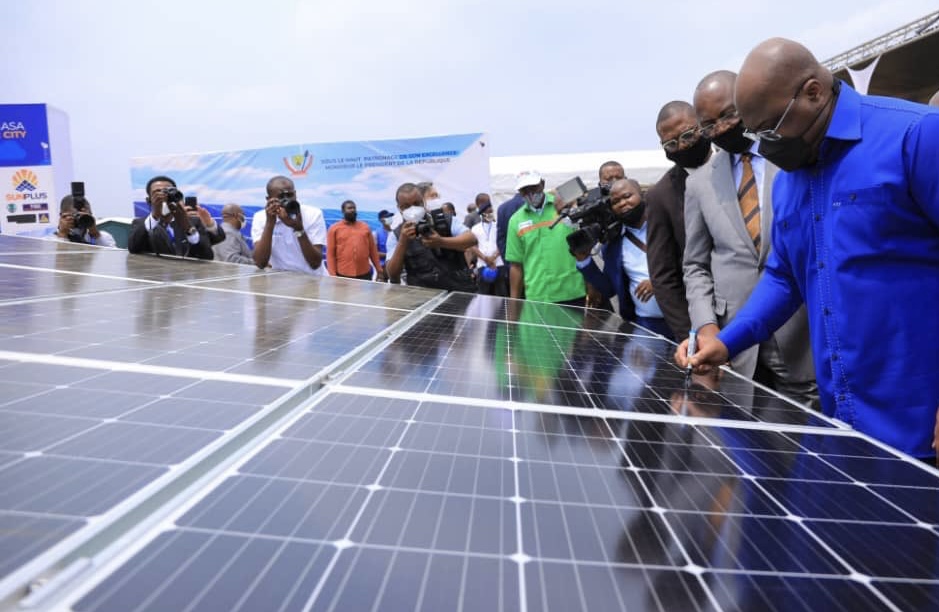
The Democratic Republic of Congo has some of the richest hydro potential in the world, yet electricity remains scarce for most people. Fewer than one in five Congolese has access to the grid, and charcoal continues to dominate household energy. The country’s power system is anchored almost entirely by the Inga dams on the Congo River, which provide nearly all formal generation, according to IRENA.
That makes the system one of the most hydro-dependent anywhere, but also one of the least reliable. Expansion of Inga III has been delayed for decades, leaving capacity far short of demand. Off-grid solar firms are helping in rural areas, but hydropower remains both the strength and the weakness of Congo’s energy story.
3. Ethiopia expands dams to boost renewables
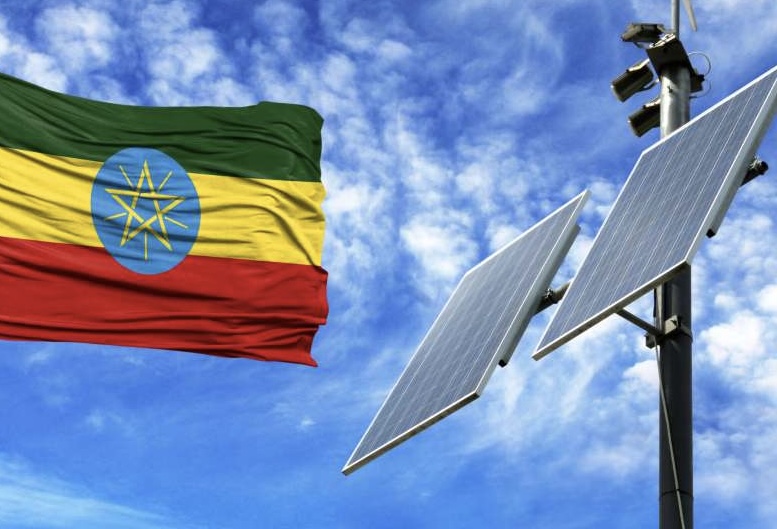
Electricity in Ethiopia is almost entirely tied to the power of its rivers. The country has long depended on large dams, which deliver the bulk of supply to a grid that still doesn’t reach everyone. In rural areas, millions live without steady access, making electricity as much a political issue as an economic one.
Ethiopia’s electricity system is overwhelmingly shaped by dams. In 2023, large hydropower plants supplied roughly 92.6 percent of all generation, according to Climatescope. The Grand Ethiopian Renaissance Dam has begun altering both regional politics and domestic supply. Smaller wind farms in Ashegoda and Adama, plus emerging solar projects, are diversifying the mix. For now, Ethiopia’s power security still hinges on rainfall and river flow.
4. Lesotho depends on a single station
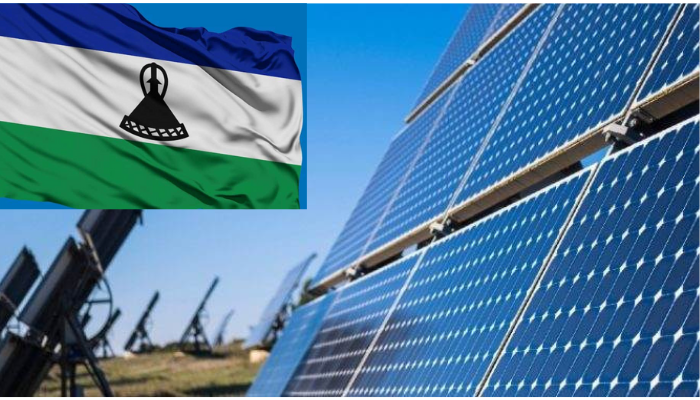
Lesotho’s energy system is modest, reflecting its small economy and population, but electricity remains central to its development goals. Access has expanded in recent years, though rural communities still rely on wood or coal for heating. Domestic generation is dominated by the Muela Hydropower Plant, which accounted for roughly 90 percent of supply.
The rest is covered by imports from South Africa via the Southern African Power Pool. While solar is being piloted, and the country’s highlands offer potential for more renewable development, Muela remains the country’s lifeline. That dependence makes Lesotho highly renewable in percentage terms but still vulnerable to fluctuations in water levels and to external imports.
5. Namibia’s hydro share shifts with rainfall
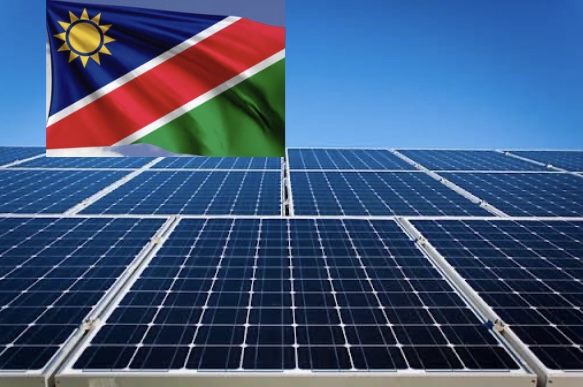
Namibia is a vast, sparsely populated country where power supply is often stretched thin. Many towns and villages depend on electricity imports from South Africa because local generation cannot meet demand. The main domestic source is the Ruacana Hydropower Plant on the Kunene River.
In 2023, about 88 percent of Namibia’s electricity came from hydro, though rainfall changes can quickly shift that balance. Solar has begun to play a bigger role, with new projects feeding into the grid, and the government has set its sights on green hydrogen as a long-term export industry. For now, though, hydropower and imports remain the pillars of Namibia’s electricity system.
6. Uganda adds Karuma to clean mix
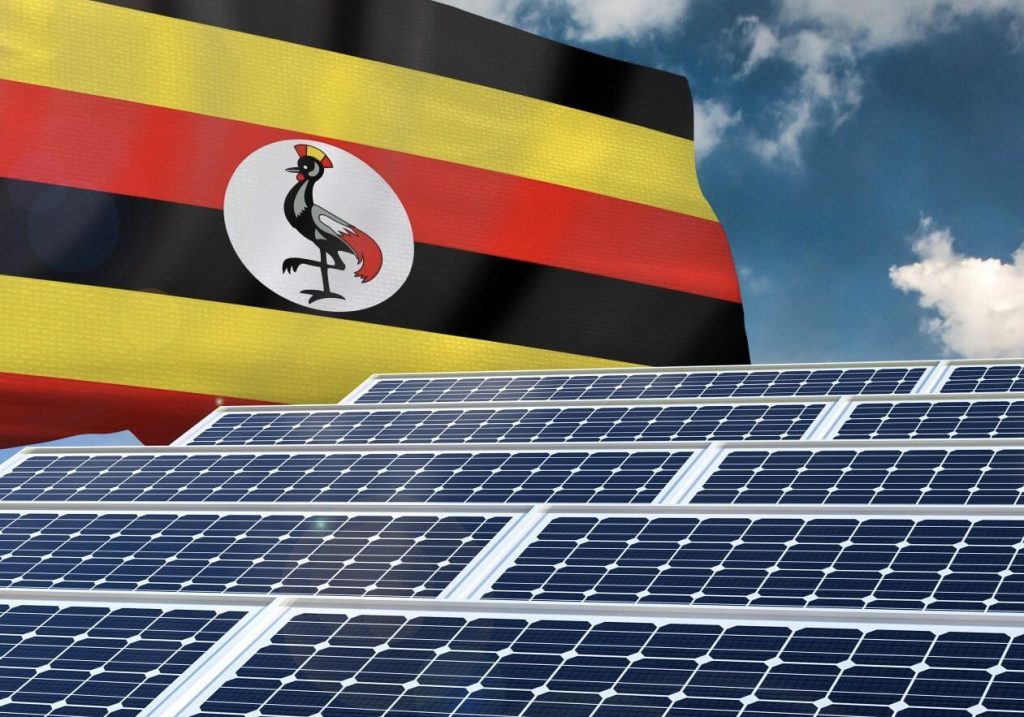
Uganda has expanded its grid over the past two decades, though electrification remains uneven, especially in rural areas. Dams on the Nile River dominate supply, with projects at Nalubaale, Kiira, Bujagali, and most recently Karuma. In 2023, hydropower contributed over 80 percent of the country’s electricity generation.
The government has encouraged solar for off-grid use, particularly in remote villages, while geothermal potential is still under exploration. Uganda’s heavy hydro share has provided relatively cheap power but also exposed the system to risks from drought and fluctuating river levels. Balancing large dams with smaller, distributed renewable projects is now central to the country’s energy strategy.
7. Eswatini leans on hydro and bagasse
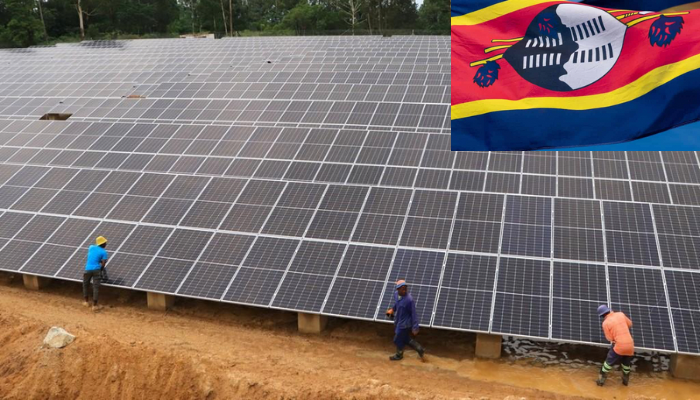
Eswatini’s electricity sector is small and closely tied to South Africa’s through imports. Domestic generation comes mainly from hydropower and biomass, with bagasse from the sugar industry playing a major role. The country also imports electricity from South Africa’s Eskom to balance supply and demand. Solar projects have been introduced on a small scale, and regional power pool connections help bridge the gap.
Eswatini’s reliance on agriculture-linked biomass makes its renewable mix unusual, but the vulnerability of depending on imports remains. Hydropower and bagasse define its renewable adoption story, even as the country looks toward more solar and regional cooperation.
8. Malawi struggles with hydro vulnerability
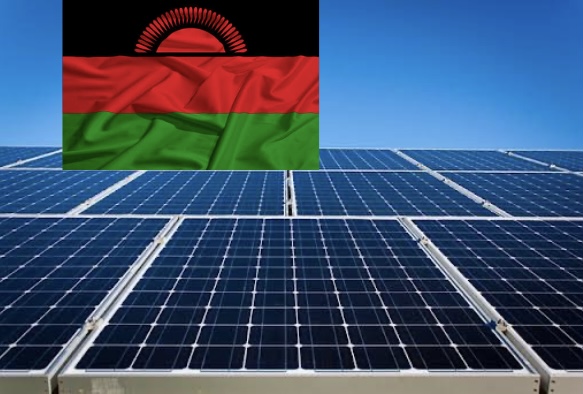
Malawi faces some of the steepest electricity access challenges in southern Africa, with fewer than 15 percent of the population connected to the grid. Power generation depends heavily on the Shire River, where droughts and floods regularly disrupt supply.
Almost all domestic generation comes from hydropower plants on the Shire River, making the country highly renewable in share but fragile in capacity. New solar farms and off-grid initiatives backed by international donors are slowly diversifying the mix. Even so, Malawi’s system remains overstretched, with demand outpacing supply. Hydropower gives it a clean energy profile, but vulnerability to climate shocks is a persistent problem.
9. Sierra Leone’s renewable adoption remains fragile
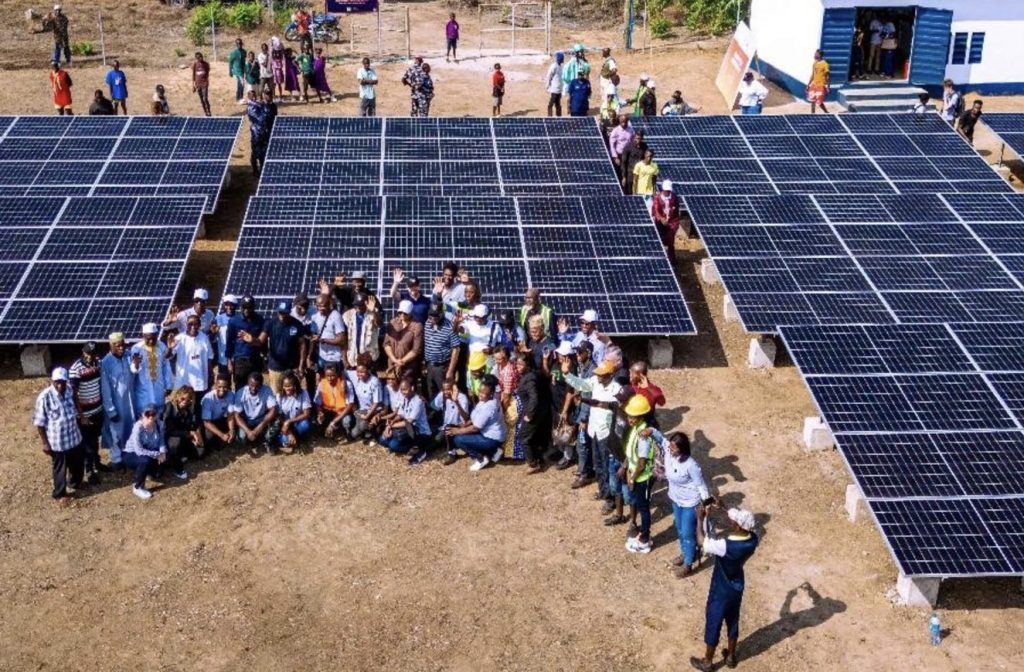
Electricity access in Sierra Leone remains among the lowest in West Africa, with many households still dependent on kerosene lamps or small diesel generators. The national grid relies largely on hydropower, especially the Bumbuna plant on the Seli River.
Seasonal fluctuations in river flow make supply unreliable, and grid coverage remains limited, leaving rural areas underserved. International development programs have brought mini-solar grids to some rural towns, marking the first consistent supply of electricity in their history. While hydro still dominates, solar is beginning to reshape expectations in underserved regions. Sierra Leone’s renewable profile looks strong on paper, yet the reality is constrained capacity and fragile infrastructure.
10. Mozambique exports power from Cahora Bassa
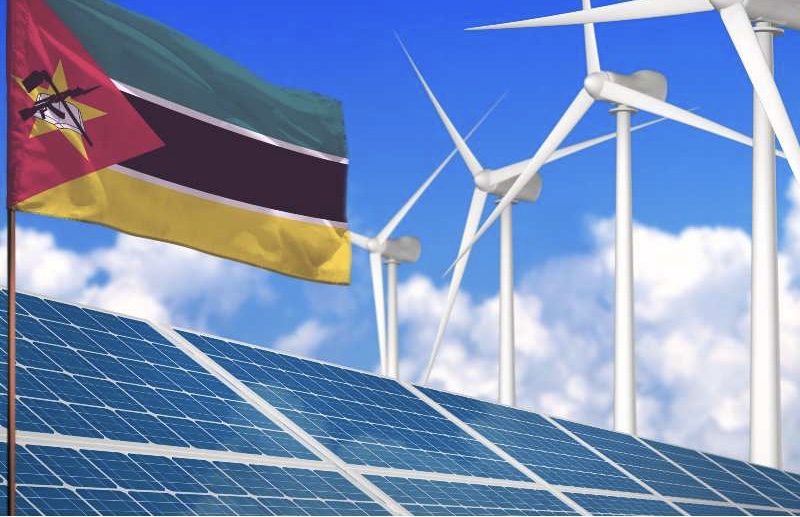
Mozambique generates far more electricity than it consumes domestically, exporting large volumes to South Africa and neighboring states. The Cahora Bassa Dam on the Zambezi River is the core of this system, supplying nearly all grid electricity. Hydropower therefore dominates, but the country is also investing in renewables beyond dams.
Solar parks in Gaza and wind projects along the coast are part of a diversification strategy, which are gaining investor attention, especially in the northern provinces, but they remain a small share of the grid.
Mozambique’s strength lies in its export capacity, yet many citizens remain disconnected at home. The gap between production and access defines its renewable story.. Despite this abundance, access remains uneven at home, with many rural areas left in the dark.
Why it matters
This isn’t about size or spending. These nations aren’t negotiating solar parks or wind farms, they’re running grids on gravity and rivers. In East and Southern Africa, decades of hydro investments are paying off in near-zero fossil footprint.
Ethiopia’s GERD, Lesotho’s reliance on shared hydro from the highlands, and Sierra Leone’s Bumbuna Dam; all illustrate how scale, geography, and political will can reshape entire energy futures.
The larger picture
Africa’s renewable infrastructure is growing. Its total installed renewable capacity nearly doubled from 32.5 GW in 2014 to over 62 GW in 2023, now making up roughly 24 percent of the continent’s installed power systems.
Africa’s reliance on hydropower has long been both its strength and its risk. The countries leading in renewable adoption show how clean energy can anchor national grids, but they also reveal the gaps when rainfall falters or when infrastructure lags demand. Because rivers alone can’t carry the future.
The real test is whether nations can match their hydropower strength with solar and wind that keep the lights on when the rains fail.


